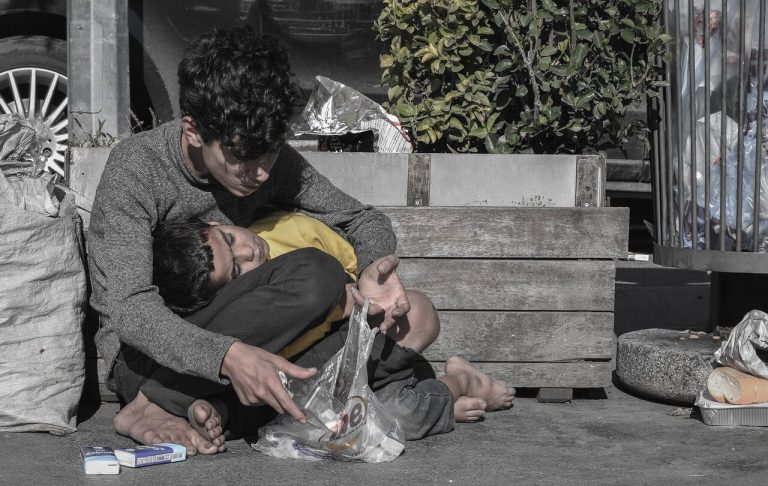A Roof Over Their Little Heads: The Help That Homeless Kids Need


A nationwide poll found that there are currently over 2.5 million homeless children in America. According to this estimate, one in every thirty children in the United States is homeless each year. Homeless children in kindergarten through 12th grade have increased by 70% in the last decade. Runaways and out-of-school youth are not included.
Over a hundred million children are homeless across the world, with 250,000 dying every week from diseases and malnutrition. But those are just approximations. The actual figures might be a lot worse, and it is not getting any better.
With the rise in global and regional conflicts, the number of child refugees has increased exponentially. From child trafficking to child pornography, exploitation has been rampant. The 1989 UN Conventions on the Child’s Rights seems like a pipedream now.
Since then, several calls have been for regional and international coalitions to protect the unprotected. The conclusion of every such initiative has always been just more of the same. The credit goes mainly to the non-governmental organizations that proactively participate in urgent relief aids and advocate for child rights.
In the US, negligence on the part of the government stems from the increasingly regulated single-room housing stock – which was basically single-room occupancy units (SRO). After 1955, which brought the changes in housing codes, the end of SRO units became inevitable. According to one estimate, the number of SRO units was cut off drastically from 129,000 in 1960 to about 25,000 in 1978 in just New York.
Decades of unstable government policy-making accompanied by unplanned urbanization are some of the prominent causes of homelessness in the developing parts of the world. Taking a brief peek inside the world’s largest democracy, India’s estimation of homeless children ranges from eighteen million to hundreds of thousands depending on the NGO you ask.
The promise of affordable housing for all is an expensive catchphrase for every aspiring presidential or prime-ministerial candidate. Government schemes like PMAY have mostly been a failure with cost-overruns and bloated planning structures. Similar questions have been asked regarding ever-increasing rents and stagnant wages in the US.
Scandinavian countries such as Finland and Denmark have succeeded with their ‘Housing First’ policies. The goal was to provide a permanent housing solution with the necessary social support. Japan is one of the only countries with 0% (rounded off) homelessness. In Singapore, 90% of the citizens own their own homes, while 80% of them live in government-built residential units, according to a City Lab report.
The systemic justification for governmental shortcomings is the high-density population of the more prominent countries. But the glaring neglect of social welfare is apparent. In the post-covid world, governments are becoming more and more reluctant to support welfare schemes due to the economic fallout. The homeless children have to pay the price for that. They are left to face almost insurmountable obstacles having to fend for themselves. Most of the time, it leads to them getting trapped in a cycle of poverty and deteriorating health conditions due to substance abuse.
Research points out that the longer a child is exposed to experiencing homelessness as they grow up, the harder it becomes for them to escape homelessness. Consequently, it becomes more challenging for them to contribute to stronger families, communities, and economies.
In order to escape homelessness permanently, the children require not just housing but thorough attention from the support services. Only by adopting the benefits for their unique developmental needs can they overcome the emotional hardships experienced in the past and better prepare for a productive future. Right now, with the government inaction evident, Nonprofits are the ones paving the way.

Get Your Resources to Your Email Now!